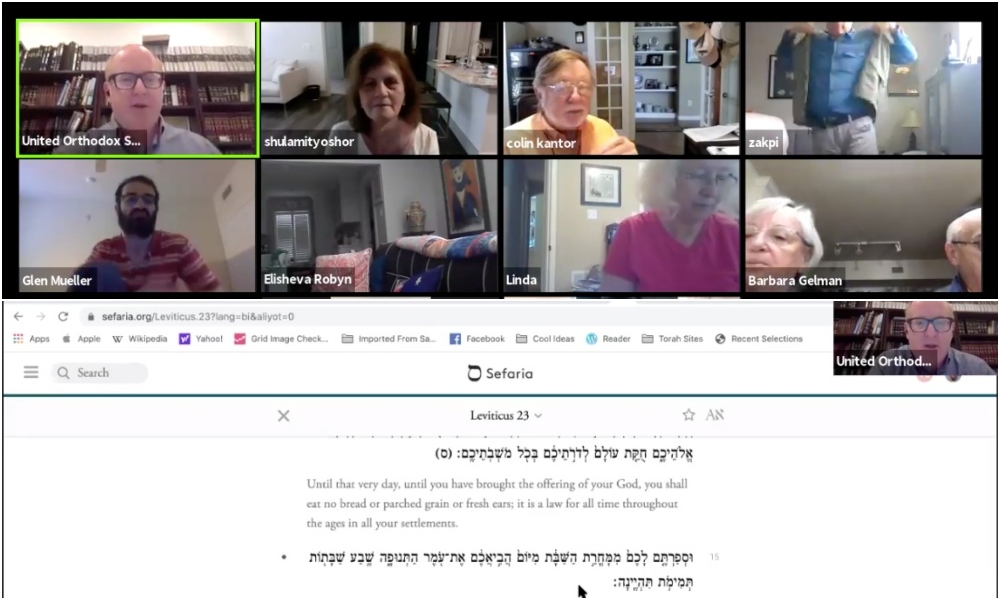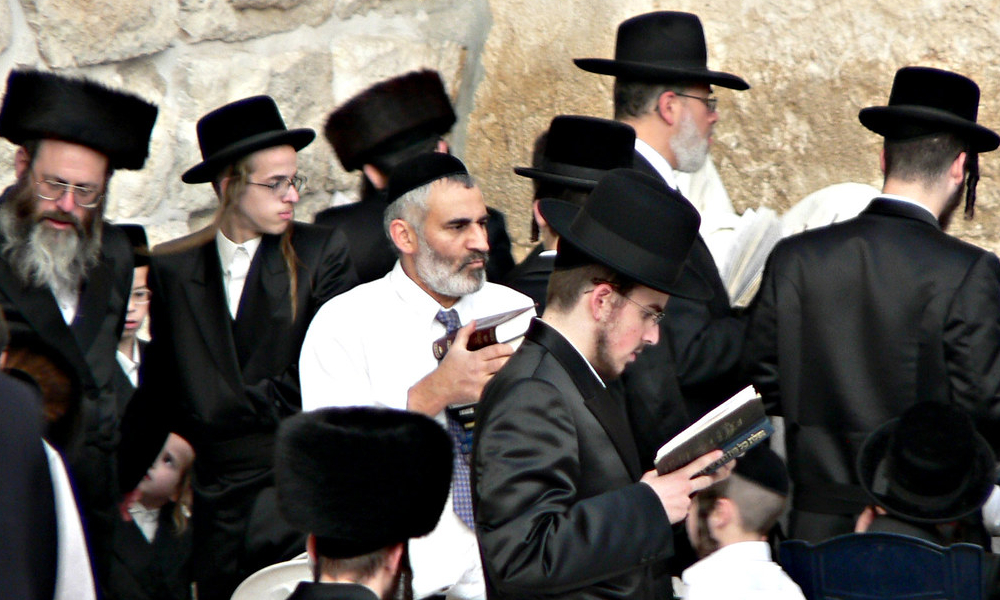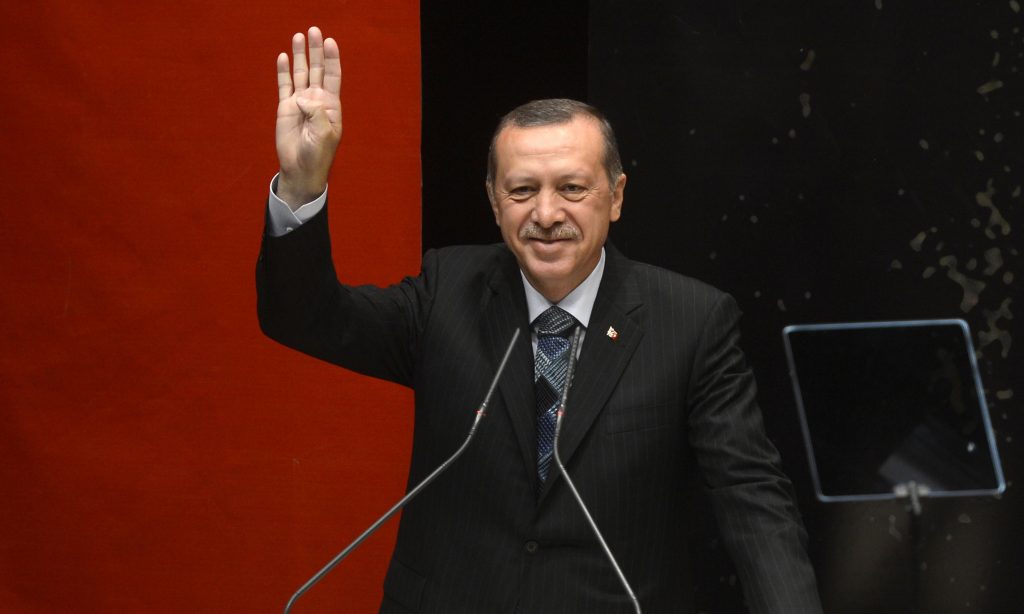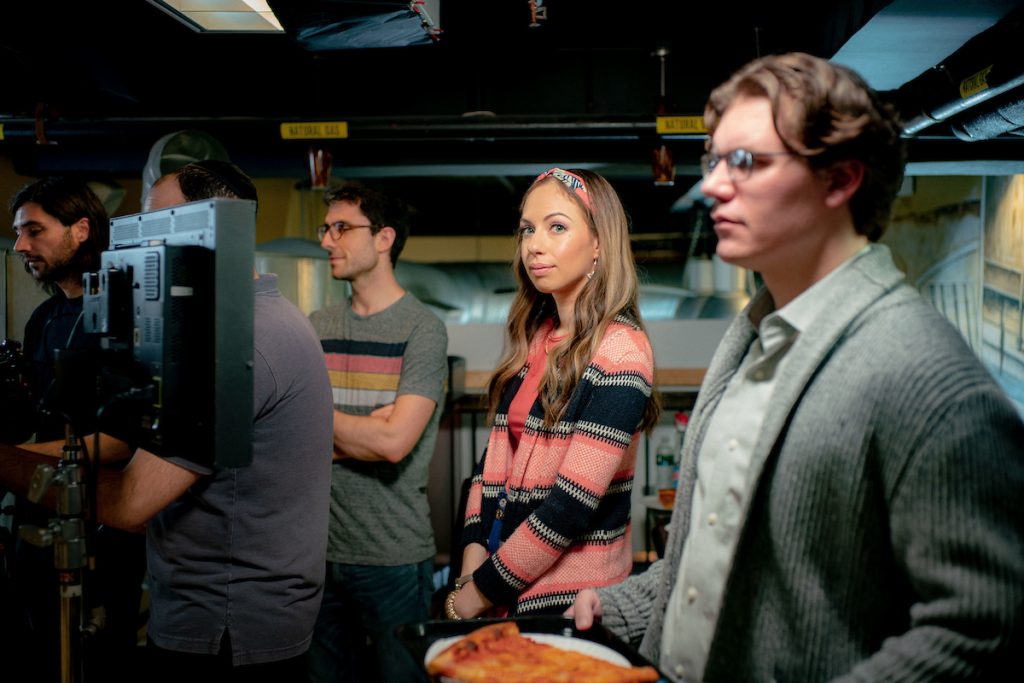The media is quick to report scurrilous statements by the right-wing and ultra-Orthodox seeking to delegitimize Reform, Conservative and even liberal Orthodox Judaism in Israel: Yisrael Eichler, an ultra-Orthodox member of the Knesset, called liberal Jews “an enemy of the Jewish religion.” Yehuda Rechnitz, an ultra-Orthodox philanthropist, said that “liberal Orthodoxy is a new religion comprised of fake Jews.” Rabbi Yigal Levenson called Reform Judaism “Christianity.” But the media is missing the more important news: that “pluralistic Judaism” in Israel is growing—and becoming a powerful force in Israeli society. In fact, these tirades likely result from fear of this movement’s growing strength.
Pluralistic Judaism holds that one’s religious beliefs are not the exclusive source of truth, and that some level of truth and value exists in other denominations and religions. Its adherents see themselves not in silos, but as a part of the broader Jewish community. The Reform and Conservative movements are the largest—but not the only—pluralistic Jewish institutions. In fact, in Israel over 60 groups and institutions have banded together in one umbrella organization, PANIM, whose stated goal is “to build an Israeli-Jewish society blessed with an abundance of voices and colors, a society in which everyone is free to express as he wishes his sense of belonging to the Jewish People according to his own philosophy and conscience.” In addition to Reform and Conservative Judaism, these groups include liberal Orthodox institutions, “secular yeshivas” (which study religious texts without a belief in God), study groups and organizations focusing on social justice or the environment, organizations that lobby for social and legal equity, and educational institutions reaching out to public school students.
Ten years ago, only around 6 percent of Israeli Jews self-identified as Reform or Conservative. Today, that number has grown to 11 percent (750,000), according to a survey conducted in October 2017 by Dialogue Opinion. An additional unreported number may consider themselves “secular” or Orthodox but committed to Jewish study or observance in the spirit of accepting the legitimacy of others’ observance. Forty percent (over 2 million) of Israeli Jews have participated in a Reform or Conservative wedding or bar mitzvah ceremony. Over half of Israeli Jews want the state to recognize marriages performed by non-Orthodox rabbis. Seventy-two percent of secular Jews disagree with the statement that “Orthodox Judaism is the authentic Judaism.” In another recent study by the religious freedom non-profit Hiddush, 78 percent of the Jewish public support pluralistic education, which exposes students to the wealth of differing secular, Orthodox and non-Orthodox approaches to Judaism.
At the same time, the supply of liberally trained rabbis and educators is growing. In November 2017 the Hebrew Union College—the Reform seminary which trains rabbis, cantors and educators in the U.S. and Israel—ordained its 100th Israeli rabbi. The Solomon Schechter Institute, associated with the Conservative movement, has ordained 92 Israelis since 1988 as well as educators. The TALI Education Fund, associated with the Conservative movement and partially state-supported, reaches 50,000 school children in 325 public schools and preschools, or 12 percent of the elementary school population, offering an education “that enables students to confront and deal with contemporary existential issues facing the Jewish people.” The liberal Orthodox Shalom Hartman Institute operates programs in 50 schools, and it recently ordained 16 rabbis. There are currently 50 Reform and 50 Conservative communities in Israel. Fifty years ago, they were populated mainly by English-speaking immigrants. Today, they have a distinctly Israeli identity and membership.
Even though they get little support from the state, these communities are growing. They finance their activities through fees for service (such as weddings, bar and bat mitzvahs, tuition), membership dues, contractual services and Israeli and Diaspora philanthropic support. The Jewish Agency for Israel, with funding from federations, foundations, and individual donors from around the world, helps to support the Reform and Conservative movements in Israel.
Pluralistic Judaism is particularly strong in Tel Aviv and its surroundings. In November, Tel Aviv mayor Ron Huldai received an honorary doctor of humanities degree from the Hebrew Union College at its ordination ceremony in Jerusalem. It is striking that Huldai, the mayor of Israel’s economic and cultural center, would accept a degree from the Reform movement’s leading teaching institution and then publicly praise the Reform movement and pluralistic Judaism in Israel. Equally striking is the fact that this speech has gone unreported. Huldai said:
We still hear comments such as “they’ve forgotten what it means to be Jewish.” To all those, let me say that I do not believe that Judaism is something that needs to be remembered or forgotten. It is not just the heritage of the past, but also the inheritance of the present; and above all—it looks to the future. The question is not what kind of Jews we should be according to yesterday, but what kind of Jews we want to be today and tomorrow. This approach, which underpins the modern Judaism that is flourishing in Tel Aviv-Jaffa, is identical to that which forms the foundation of Reform Judaism.
And accordingly, it is no coincidence that the Reform community makes an important contribution to the rich mosaic of communities that currently forms the Jewish population of the city. By its very existence, it enriches and empowers the cultural and faith-based diversity of the city. By exposing to the public in Jaffa and Tel Aviv a world of Judaism that is different to the familiar and usual model in Israel, it presents an important faith-based and social challenge.
With Huldai’s help, Tel Aviv has created vibrant pluralistic institutions. Among them, the Daniel Centers for Progressive Judaism, which began with 17 congregants 27 years ago, now provides progressive religious, cultural and educational services to thousands of Tel Avivans and visitors. Every year its rabbis officiate at over 100 weddings and 200 bar and bat mitzvahs, many of them celebrated by the children of leading public figures. (My wife’s family has helped to create and sustain this institution). BINA, the Jewish Movement for Social Change, an organization “at the intersection of Jewish pluralism and social action,” hosts seminars and public events reaching 50,000 every year. Beit Tefilah Israeli, an unaffiliated kehilat, every year builds what it calls “the largest sukkah in the world” in the Tel Aviv port. Its summer Kabbalat Shabbat services in the port often attract 800 or more participants.
Until recently, pluralistic Judaism’s slow growth was a result of Israel’s founding history. “Secular” Jews, who were over 70 percent of the population in 1970, felt Jewish because they lived in a Jewish state and celebrated Jewish holidays, which were holidays of the state. “Religious” was what the Orthodox and ultra-Orthodox were. There was no need to join a synagogue to express identity. Most immigrants, especially those of Mizrachi origin and those from the former Soviet Union, had no knowledge or experience of non-Orthodox Judaism.
In the 1970s and 1980s, pioneering rabbis moved to Israel with the aim of building their movements. Reform and Conservative teaching institutions were built in Jerusalem. The assassination of Yitzhak Rabin in 1995 led to a fear that Judaism was being kidnapped by the ultra-Orthodox, which subsequently led to the growth of what is called “Jewish Renewal” or “Renaissance.”
Now, increasing numbers of Israelis encounter liberal Judaism in North America. More attend Reform- and Conservative-led ceremonies in Israel, which they are often surprised to find attractive and meaningful. The public face, especially of Reform Judaism, has been skillfully managed by Israeli leadership. Israel’s best-known demographer, Sergio della Pergola, has observed that “there is a slow movement in Israel from religious to secular.” He observes that the second generation of “traditional” (mainly Mizrachi) Jews are marrying secular Jews and slowly abandoning their parents’ sentimental attachment to Orthodoxy. The Central Bureau of Statistics (Israel’s census department) estimates that one in nine children of Haredi families no longer identify with their community. Liberal secular Jews are increasingly aware of the threat to democracy in Israel and recognize that, unless they become more active, Israel may well become a theocratic and non-democratic state.
For pluralistic Jews to increase their impact on society and public policy, they will need to become a stronger political force. Unlike Haredi Jews, who vote as a bloc, the “pluralistic” identification is not absolute. Pluralistic Jews may also self-identify as artists, the political left or center, technocrats, residents of Tel Aviv, members of the LGBTQ community, etc. The majority are not actively connected with a Reform or Conservative congregation and many consider themselves both secular and Reform or Conservative.
Legal and financial equality is also a major challenge. By law Israel does not recognize marriage ceremonies performed in Israel by non-Orthodox rabbis. Couples who insist on weddings outside of Orthodoxy must travel overseas, to be married by civil authorities, for their marriages to be recognized in Israel. According to Israel Hofsheet (Be Free Israel), the government allocates $640 million to the Ministry of Religious Services, which includes the Chief Rabbinate and religious courts, and much more for Orthodox and ultra-Orthodox education. This compares with the result of recent court cases in which the state is now paying the salaries of a grand total of 12 members of regional councils who are Reform/Conservative rabbis. As Micky Gitzin, executive director of the New Israel Fund in Israel, has observed, Israel will not be a pluralistic society until the state puts the non-Orthodox on the same footing as the Orthodox. Israel’s governing model will never measure up to that of the U.S., where church and state are separate. But look to Germany, where taxpayers inform the government of their religion and then a portion of their tax dollars go to the denomination of their choice. This could be a model for Israel.
The most difficult challenge, however, is demographic. According to the Dialogue Opinion survey, 29 percent of Jews self-identify as religious Zionists and 11 percent as ultra-Orthodox. According to the Central Bureau of Statistics, the average total fertility rate is 6.5 for the ultra-Orthodox, 3.0 for religious Zionists and 2.1 for the remainder of Jews. To reach a critical mass, pluralistic forces in Israel will need to offer a more compelling message to Orthodox and ultra-Orthodox youth seeking a more modern lifestyle, as well as to the 44 percent of Israelis, including Mizrachi Jews and those from the former Soviet Union, who currently self-identify as solely secular.













